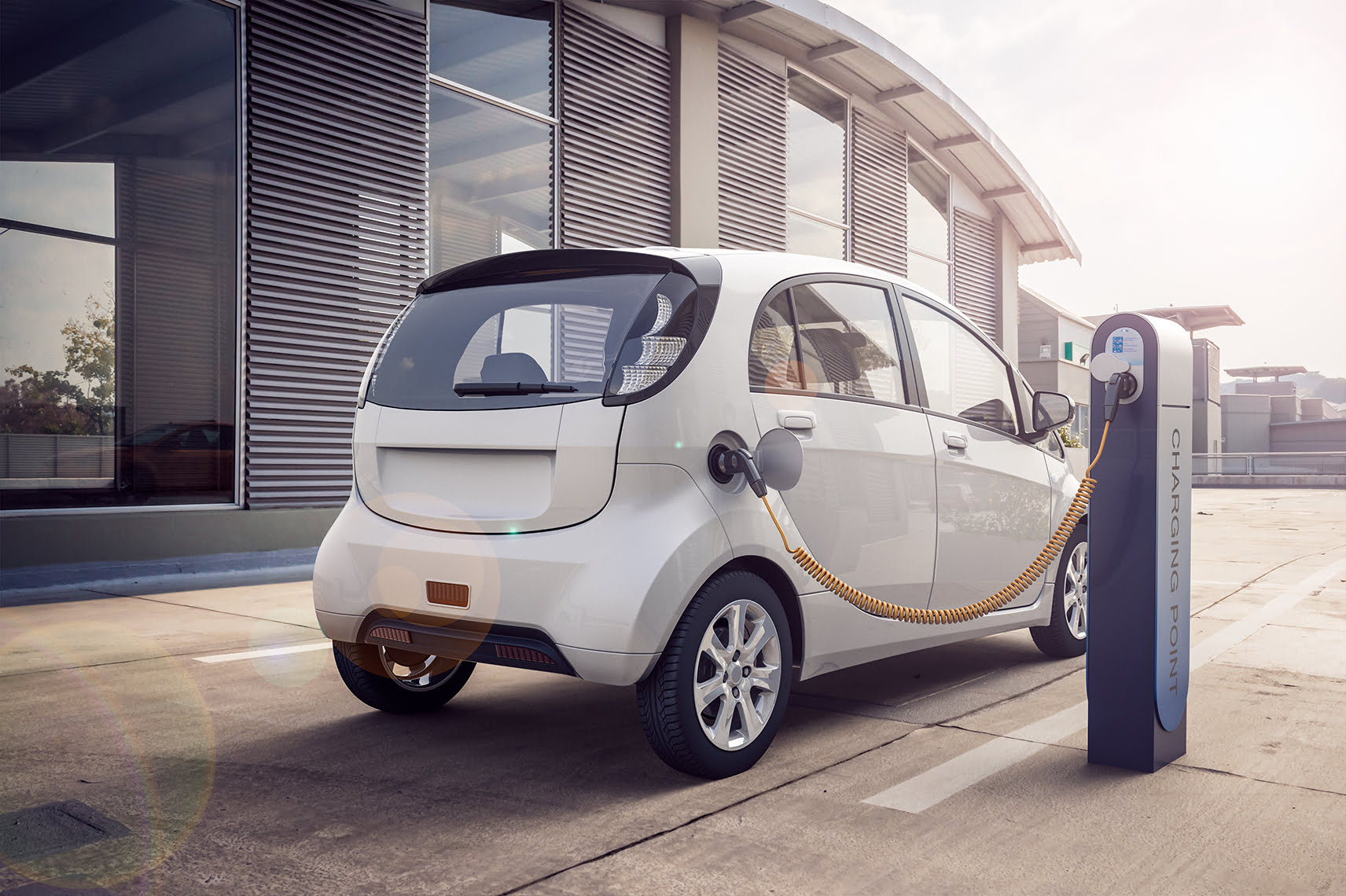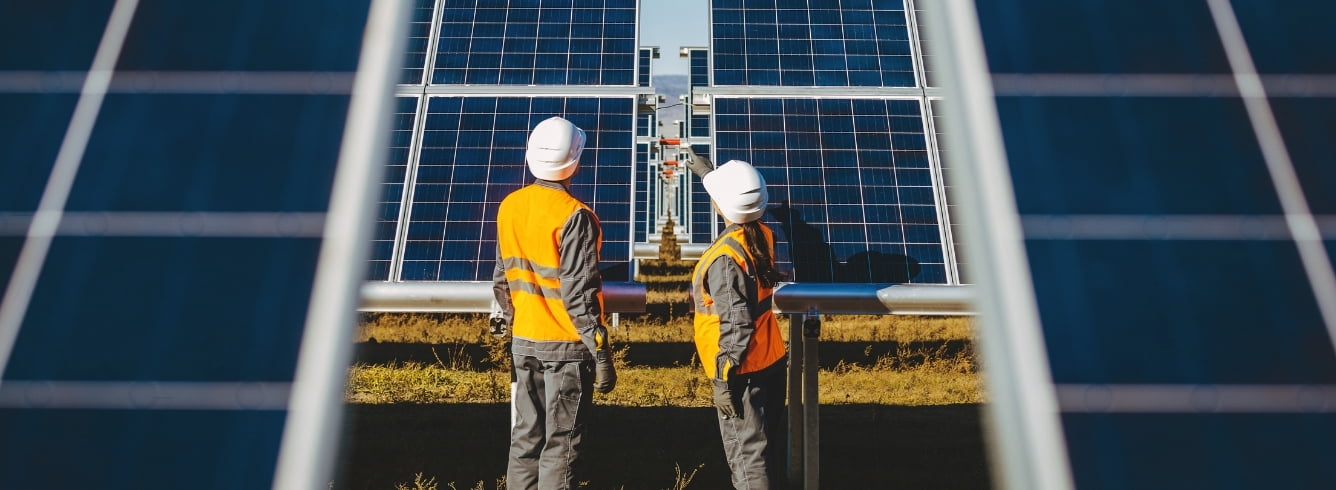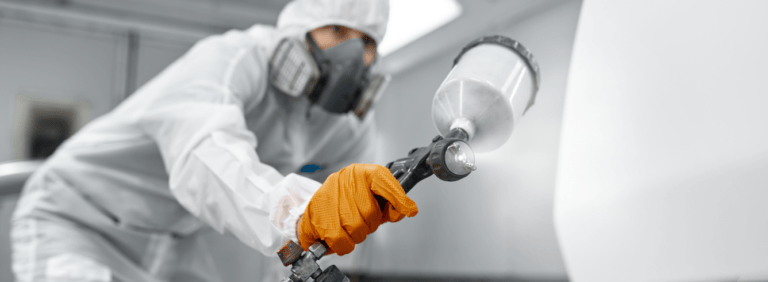Achieving the 2030 and 2050 climate targets, in line with the Paris Agreement, is the yardstick of success for the policies under the European Green Deal.
The European Commission is launching a series of ambitious policies under the European Green Deal to help achieve the EU’s 2030 target of a minimum of 55% reduction in greenhouse gas emissions, and its 2050 target of climate neutrality. These policies range from reforming the way the food system works to promoting the transition to a circular economy and the decarbonisation of industry.
Two key instruments in the toolbox to achieve climate ambitions remain renewable energy and enhanced energy efficiency.
The Impact Assessment on the 2030 Climate Target Plan estimated that the share of energy from renewable sources for 2030 should reach 38% to 40%, and that the energy efficiency gains needed are 36%-39% for final energy consumption and 39-41% for primary energy consumption[1].
Moving from ‘energy efficiency’ to developing a power sector based on renewable energy demands enhanced innovation and upgraded infrastructure. Titanium dioxide (TiO2) can play a role both in energy efficiency and in the generation of renewables.
Titanium dioxide enhances energy efficiency in buildings
Buildings are the largest single energy consumers in Europe, accounting for 40% of energy consumption and 36% of EU greenhouse gas (GHG) emissions[2]. The EU’s Renovation Wave Initiative will aim to make building stock more energy efficient and reduce the amount of energy consumed. TiO2 can play a fundamental role in this.

TiO2 pigment is a vital ingredient in paints and can achieve brilliant, long-lasting white finishes, both for interiors and exteriors. It can contribute to the longer lifespan of the materials it coats and significantly increases energy efficiency. When paint containing TiO2 pigment is applied to the external surfaces of buildings, it can significantly reduce heat build-up inside. This is achieved by a unique property of TiO2 – to reflect the infrared rays of the sun. As a result, TiO2 helps to reduce the energy that would otherwise be consumed by cooling devices like air-conditioning, helping to provide energy savings.
In addition, TiO2 can help tackle the ‘urban heat island effect’, which is a growing problem in many cities across the world

The absorption of heat by concrete and construction materials means that temperatures can be significantly higher in cities than in their rural surroundings. Painting surfaces with white or any other coloured paint containing TiO2 is an effective way to reduce this effect.
Titanium dioxide is a building block in the future of renewables
Renewable energy sources are expected to account for 32% of energy consumption by 2030[3]. The photocatalytic properties of TiO2 mean that it is used in existing and new solar energy technologies that could make a powerful contribution to renewable targets.
For instance, an international team of scientists led by the Rice University in Texas unveiled a new material, hematene, that could be a gamechanger in solar fuel generation.
Hematene is extracted from hematite, the mineral form of iron ore. The research showed that the extracted hematene paired with nanotubes of TiO2 allowed electrical charge generated from photocatalytic activity to be extracted for use.
Titanium dioxide is one of the most efficient photocatalysts. Both industry and the scientific community use it for many applications and research projects, from water cleaning to air purification.
Innovation in batteries and titanium dioxide
The European Commission is planning to introduce specific legislation to help create a circular and sustainable battery value chain. As such, batteries will play a fundamental role in the EU’s transition to a more circular and lower-emission economy. Improving battery capacity and longevity are two core challenges.

Titanium dioxide is a valuable chemical that can help to improve the efficiency of batteries by extending both their energy-storing capacity and their lifetime.
- In 2015, a team of researchers at Singapore’s Nanyang Technology University (NTU) developed TiO2-based batteries that can be recharged to 70% of their capacity in only two minutes, with an expected life span of 20 years.
- In 2015, a team of researchers at Singapore’s Nanyang Technology University (NTU) developed TiO<sub>2</sub>-based batteries that can be recharged to 70% of their capacity in only two minutes, with an expected life span of 20 years.
Sources
- [1] https://ec.europa.eu/clima/policies/eu-climate-action/2030_ctp_en
- [2] https://ec.europa.eu/info/law/better-regulation/have-your-say/initiatives/12376-Commission-Communication-Renovation-wave-initiative-for-the-building-sector
- [3] https://eur-lex.europa.eu/legal-content/EN/TXT/?uri=CELEX:52020SC0176




